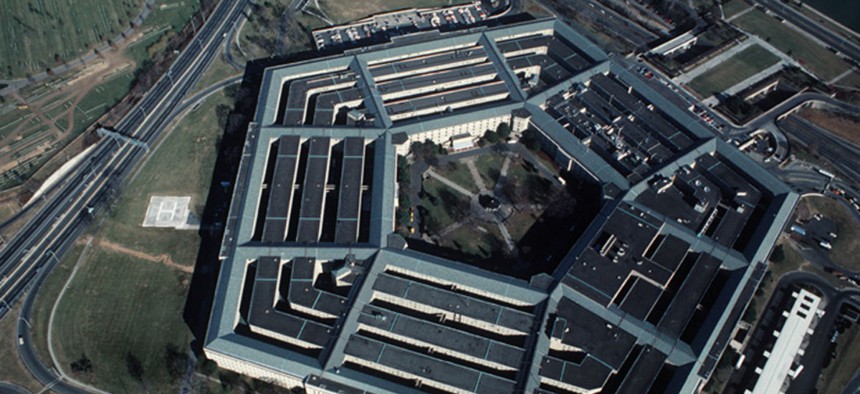
Defense Department file photo
GAO and Pentagon Disagree on Budgeting for Operations and Maintenance
$149 billion was "realigned" over five years mostly from overseas operations.
Under pressure to fund overseas combat operations, the Defense Department has “realigned” monies to and from day-to-day operations and maintenance accounts without fully explaining the numbers to Congress, a watchdog found.
One result of transferring some $149 billion over the past five years, said a Government Accountability Office report released on Tuesday, is a shortfall averaging 5.6 percent of what was obligated for base operations and maintenance.
Pentagon budget planners, however, balked at GAO’s proposed solution.
Operations and maintenance is the department’s largest category of appropriations—it accounts for some 43 percent of President Obama’s request for a defense budget of $582.7 billion in fiscal 2017, GAO noted in a report to the Armed Services Committee chairmen and ranking members. That category consists of 32 accounts, earmarked for each service and some departmentwide missions, including overseas contingency operations in war zones.
Enacted funding for operations and maintenance generally has increased over the past six years (2013 was an exception, when sequestration kicked in). But during GAO's review, the effects of the realignments—of which Congress is notified above set amounts—“on base obligations were not readily apparent because DoD did not report its O&M base obligations to Congress separately from its O&M overseas contingency operations,” auditors wrote.
In fiscal 2015, a Senate Appropriations Committee report stated that the panel did not have a clear understanding of enduring activities funded by the OCO budget, posing “potential for risk in continuing to fund non-contingency-related activities through the OCO budget.” The committee directed the department to submit a report last February showing the transfers of OCO funding to the base budget for fiscal year 2016.
The Pentagon comptroller’s office told GAO that such a report has not been written because “the evolution of threats in U.S. Central Command’s area of responsibility creates uncertainty over its enduring missions.”
Meanwhile, GAO auditors were left to calculate the impact of money transfers on Operations and Maintenance program needs by comparing data from the Defense Department tables on future-spending and five-year plans. Comptroller officials interviewed by GAO approved of the methodology.
But in the end, Pentagon planners disagreed with GAO’s recommendation that the department help Congress apply budget oversight by revising its guidance on preparing budget materials and execution reports to break down operations and maintenance by account. Defense cited “the inability of its current financial systems to easily distinguish base obligations,” the report noted. Many of the Pentagon’s active financial accounting systems “cannot distinguish between
O&M base and OCO obligations easily, and that due to limited resources as a result of headquarters reductions, the requirement to manually identify these obligations in O&M budget justification materials and quarterly O&M execution reports will be extremely labor-intensive,” Defense said.
Once outdated financial systems are replaced, such reporting would be feasible, its response said.
GAO stood by its recommendation.







